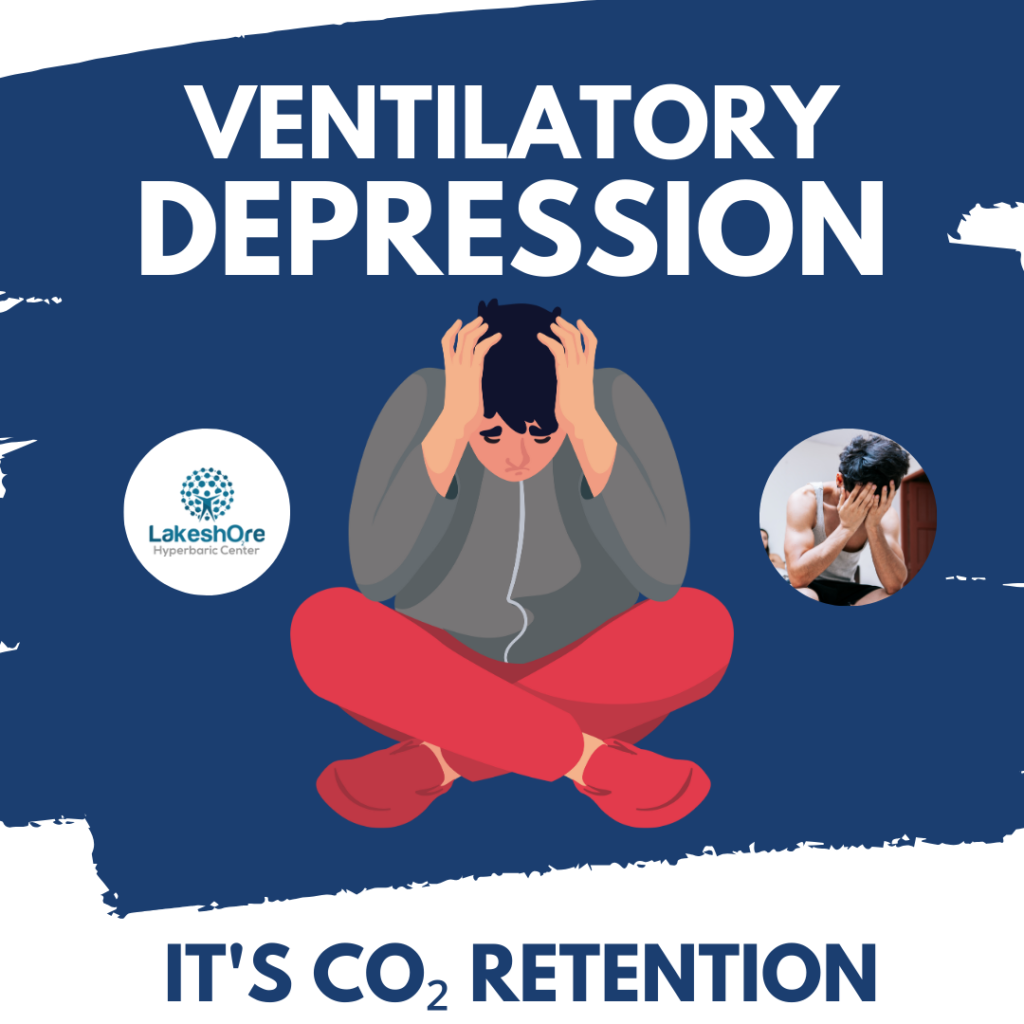Hyperbaric Oxygen Therapy (HBOT) has gained attention as a potential adjunctive treatment for Lyme disease, especially for cases that do not respond well to conventional therapies. With its ability to increase oxygen levels in body tissues, HBOT may create an environment that is hostile to Lyme disease-causing bacteria while promoting tissue repair. However, it is crucial to be aware of the contraindications of oxygen therapy to ensure patient safety.

Oxygen Therapy Lyme Disease
Mechanism of Action
Bactericidal Effects
Lyme disease is caused by Borrelia burgdorferi, a microaerophilic bacterium that thrives in low-oxygen environments. Oxygen therapy for Lyme disease works by saturating body tissues with high levels of oxygen, disrupting bacterial growth and aiding in its eradication.
Tissue Healing
HBOT enhances oxygen delivery to inflamed and damaged tissues, promoting faster healing. This is particularly beneficial for Lyme disease patients experiencing joint pain, chronic inflammation, and neurological issues. By reducing inflammation and supporting cell regeneration, HBOT may help alleviate persistent symptoms.
Clinical Evidence
Case Studies
Clinical studies have demonstrated that oxygen therapy for Lyme disease may improve symptoms in patients with chronic Lyme disease. One study observed that patients who underwent 30 HBOT sessions experienced significant symptom relief, including reduced joint pain, improved energy levels, and enhanced cognitive function.
Neurological Benefits
Lyme disease often affects the nervous system, leading to issues like brain fog, fatigue, and sleep disturbances. HBOT has been reported to support brain function by increasing oxygen availability, which may help alleviate these symptoms and improve overall well-being.
Contraindications for Oxygen Therapy
While HBOT shows promise, not everyone is a suitable candidate for treatment. Understanding the contraindications of oxygen therapy is essential to avoid complications.
Absolute Contraindications
These conditions completely prevent the use of HBOT:
- Untreated Pneumothorax – The presence of air in the pleural cavity can lead to lung collapse under pressure, making HBOT unsafe.
Relative Contraindications
These conditions require careful assessment before initiating HBOT:
- Pulmonary Conditions – Patients with emphysema and CO₂ retention are at increased risk of developing pneumothorax during oxygen therapy.
- Upper Respiratory Infections – Congestion or sinus infections can increase the risk of sinus barotrauma during pressurized oxygen therapy.
- Recent Ear or Thoracic Surgery – Those with a history of reconstructive ear or thoracic surgery should be evaluated for potential complications.
- Seizure Disorders – HBOT may increase the risk of oxygen-induced seizures in patients with epilepsy or a history of neurological disorders.
Potential Risks of Oxygen Therapy
Oxygen Toxicity: Excessive oxygen exposure can lead to hyperoxia, which may cause seizures and lung complications. Patients undergoing HBOT must be monitored to prevent oxygen toxicity.
Ventilatory Depression: Individuals with chronic respiratory conditions may experience CO₂ retention, where high oxygen levels suppress the natural drive to breathe, potentially leading to respiratory distress.
Fire Hazard: Since oxygen is highly combustible, HBOT chambers must be operated with strict safety protocols to prevent fire hazards.

Benefits of Oxygen Therapy for Lyme Disease
HBOT offers several potential benefits for individuals struggling with chronic Lyme disease and its lingering symptoms:
Eliminates Bacteria: The increased oxygen levels create an inhospitable environment for Borrelia burgdorferi, aiding in bacterial eradication.
Reduces Inflammation: HBOT helps reduce systemic inflammation, relieving symptoms such as joint pain, muscle stiffness, and swelling.
Enhances Immune Function: By boosting oxygen supply to tissues, HBOT strengthens the immune system’s ability to fight off infections.
Improves Cognitive Function: Many Lyme disease sufferers experience brain fog, memory issues, and fatigue. HBOT enhances cerebral oxygenation, promoting mental clarity and energy levels.
Accelerates Tissue Healing: Chronic Lyme can lead to nerve damage and poor circulation. HBOT promotes tissue repair, reducing nerve pain and enhancing overall recovery.
Boosts Energy Levels: By improving mitochondrial function, HBOT helps restore energy production at the cellular level, combating Lyme-related fatigue.
Conclusion
While oxygen therapy for Lyme disease offers potential benefits, it is not a one-size-fits-all solution. Patients considering HBOT should undergo a thorough medical evaluation to determine whether it is a safe and effective option for their condition. Additionally, understanding the contraindications of oxygen therapy is crucial in preventing complications and ensuring the best possible treatment outcomes.
Experience the Healing Power of Hyperbaric Oxygen Therapy at Lakeshore Hyperbaric Chicago
At Lakeshore Hyperbaric Chicago, we specialize in providing cutting-edge hyperbaric oxygen therapy (HBOT) to support your healing journey. Whether you’re exploring oxygen therapy for Lyme disease or seeking advanced wellness treatments, our expert team is here to guide you.
✅ Personalized Treatment Plans tailored to your health needs
✅ State-of-the-art hyperbaric Chambers for optimal results
✅ Compassionate & Experienced Staff ensuring your safety and comfort
Don’t let chronic symptoms hold you back. Discover how HBOT can enhance your recovery, boost energy, and improve overall well-being.
Start your journey to better health with Lakeshore Hyperbaric Chicago!
Disclaimer
This article is for informational purposes only and should not be considered medical advice. Always consult a qualified healthcare provider before undergoing any medical treatment.
FAQs
1. How can Lyme disease be prevented?
Preventing Lyme disease primarily involves minimizing exposure to ticks and promptly addressing any tick bites:
- Avoid Tick-Prone Areas: Steer clear of tall grass, overgrown brush, and wooded areas where ticks are commonly found.
- Use Tick Repellents: Apply insect repellents containing DEET on skin and clothing to deter ticks.
- Wear Protective Clothing: When in areas where ticks are prevalent, wear long-sleeved shirts, and long pants, and tuck pants into socks to create a barrier.
- Perform Tick Checks: After spending time outdoors, thoroughly check your body and clothing for ticks. Promptly remove any attached ticks using fine-tipped tweezers.
2. Does Lyme disease require oxygen therapy?
There is no scientific evidence to suggest that oxygen therapy is a standard or effective treatment for Lyme disease. The primary treatment for Lyme disease involves antibiotics.
3. Can the body fight Lyme disease on its own?
While the body’s immune system responds to the Borrelia burgdorferi bacteria, Lyme disease typically requires antibiotic treatment to fully eradicate the infection and prevent complications.
4. Can you fully recover from Lyme disease?
Yes, with prompt and appropriate antibiotic treatment, most individuals fully recover from Lyme disease. However, some may experience lingering symptoms, known as Post-Treatment Lyme Disease Syndrome (PTLDS), which can persist for months but generally improve over time.
5. Can nerve damage from Lyme disease be reversed?
Early treatment of Lyme disease can prevent nerve damage. If nerve involvement occurs, symptoms often improve with appropriate antibiotic therapy, though recovery may be gradual, and some nerve damage could be permanent.
6. How can I boost my immune system with Lyme disease?
Supporting your immune system during and after Lyme disease treatment can aid recovery:
- Balanced Diet: Consume a nutrient-rich diet with ample fruits and vegetables to provide essential vitamins and minerals.
- Regular Exercise: Engage in appropriate physical activity to enhance immune function and overall health.
- Adequate Sleep: Ensure sufficient rest to support immune system efficiency.
- Stress Management: Practice stress-reduction techniques such as meditation or yoga to maintain immune balance.




